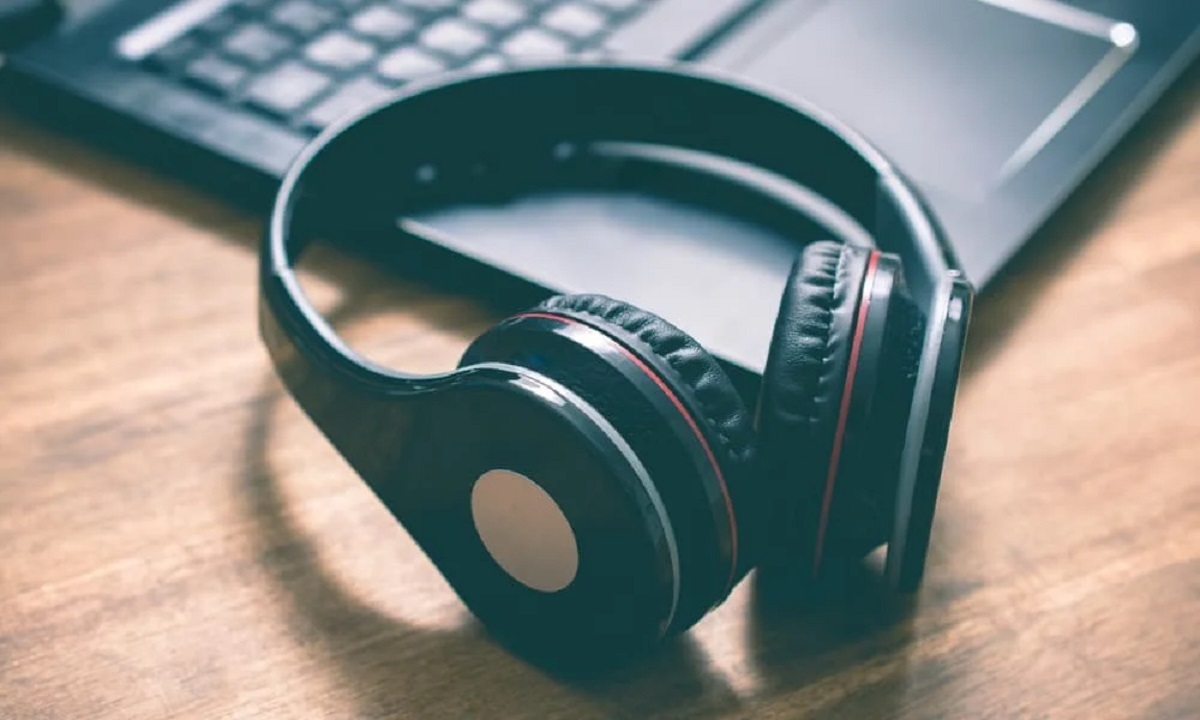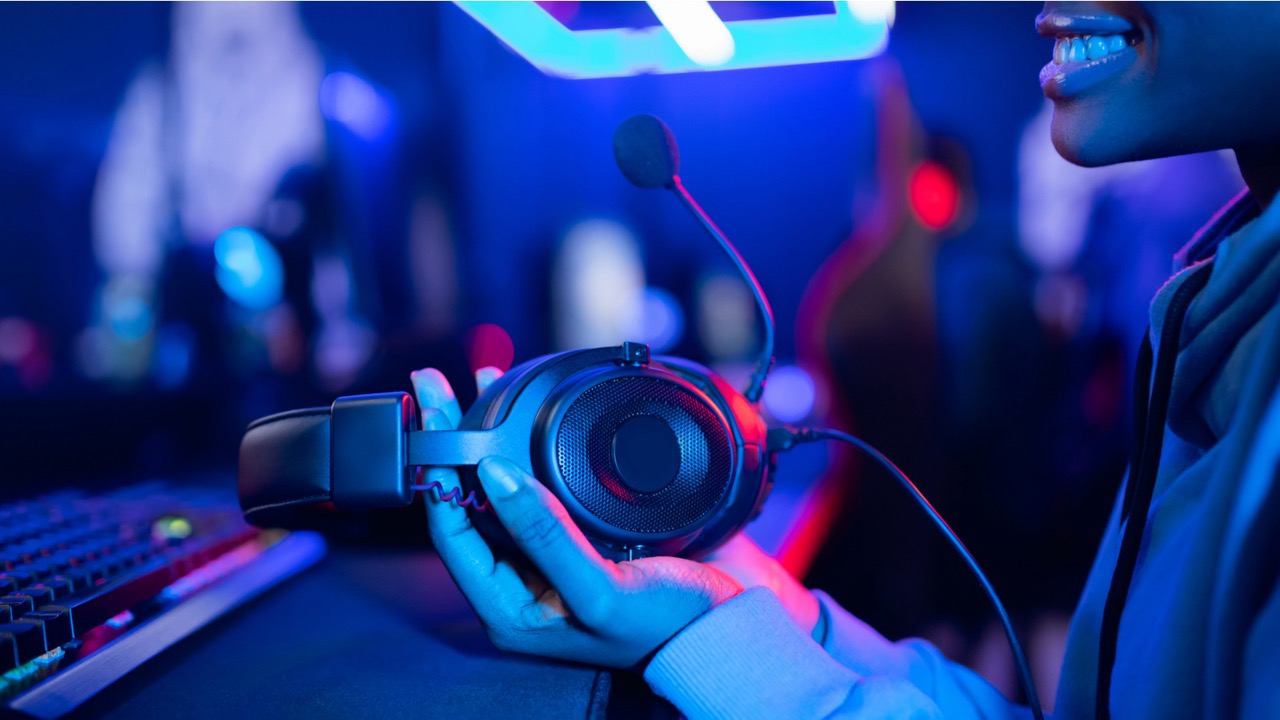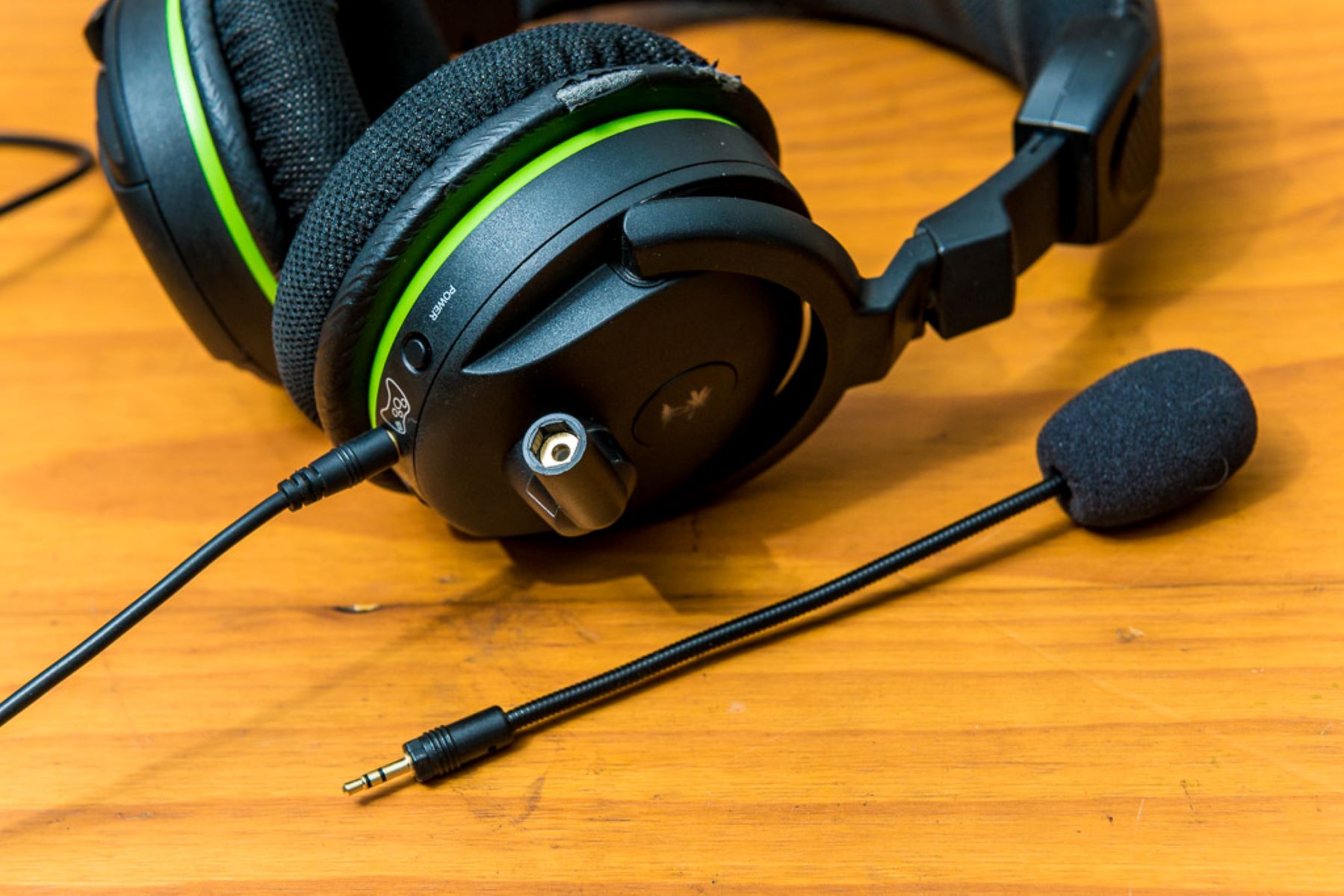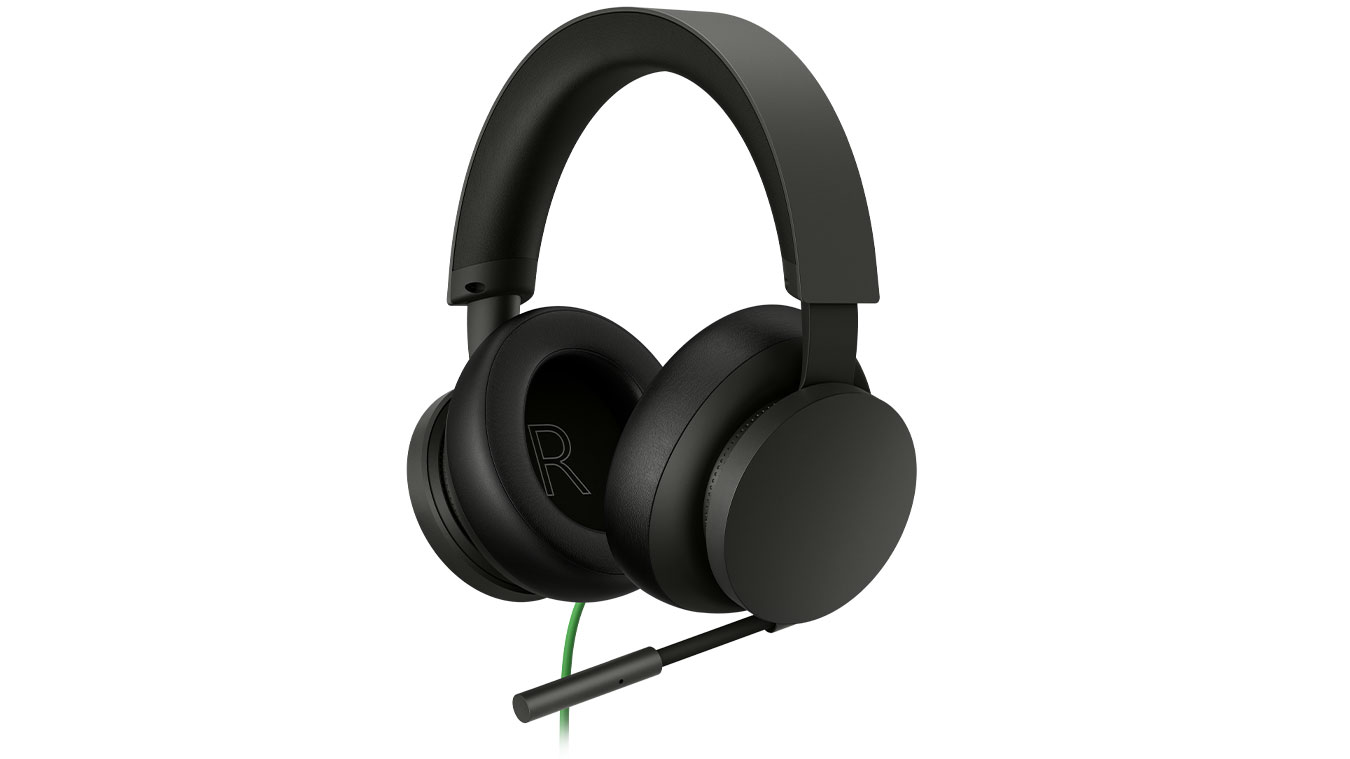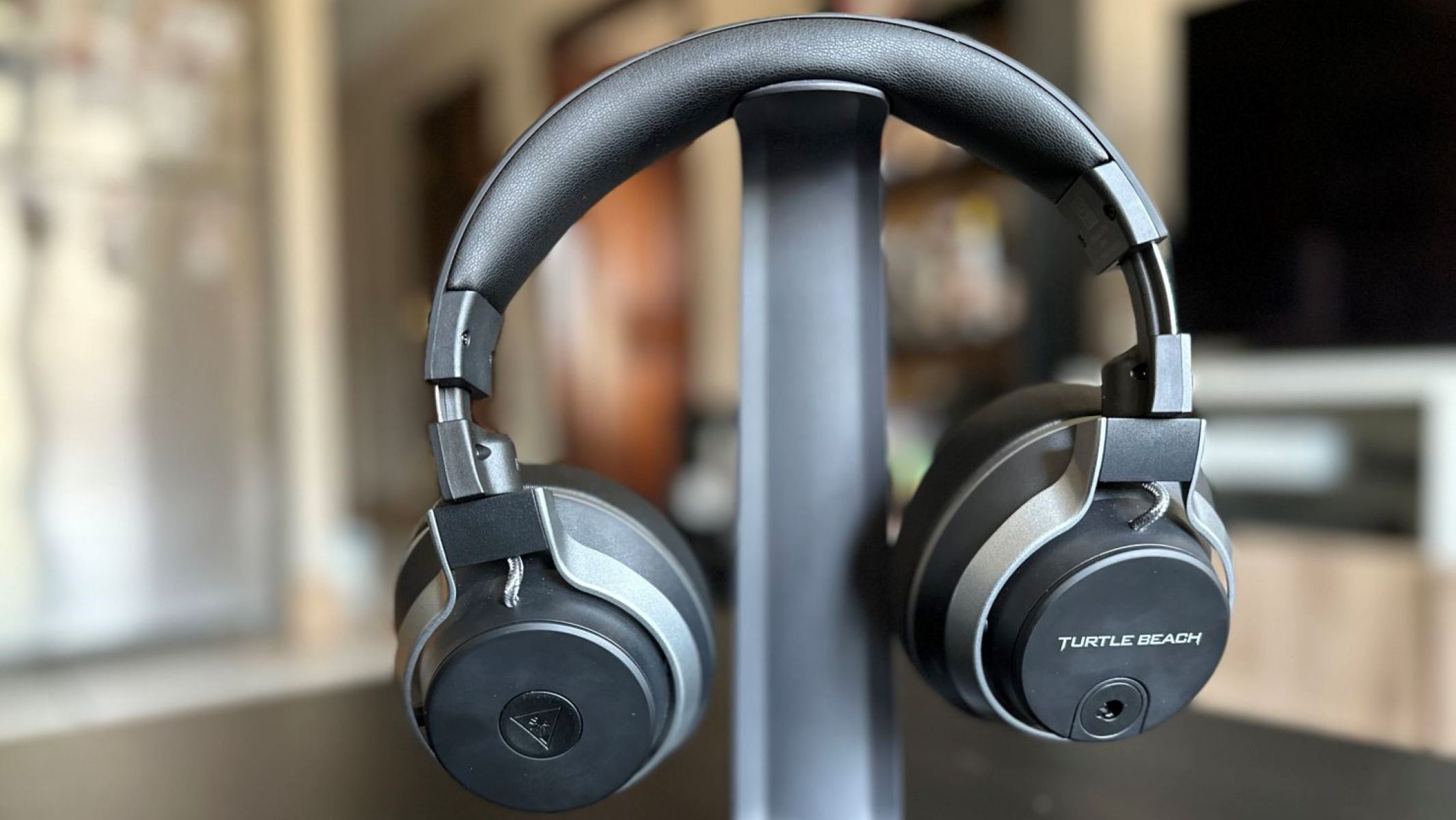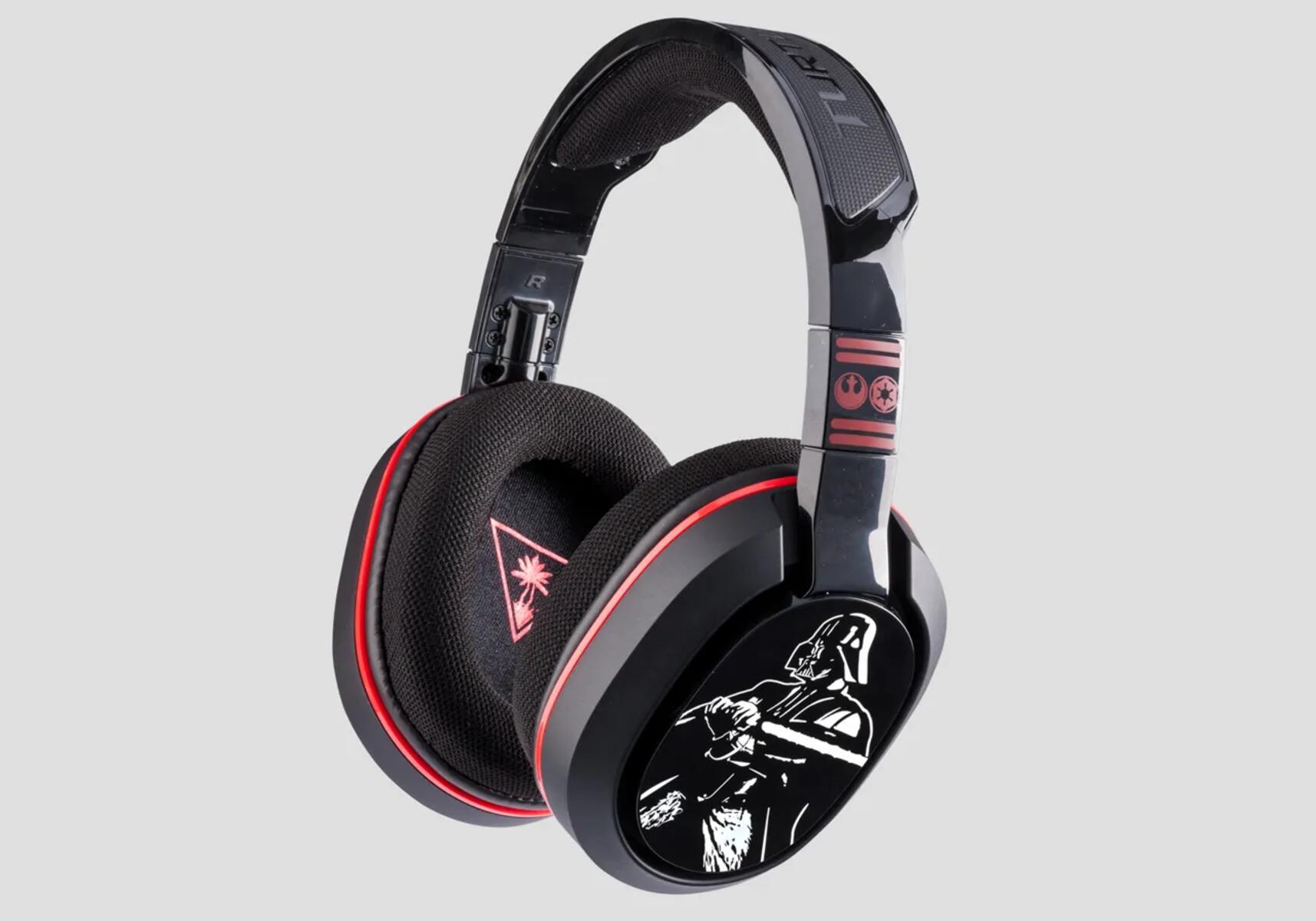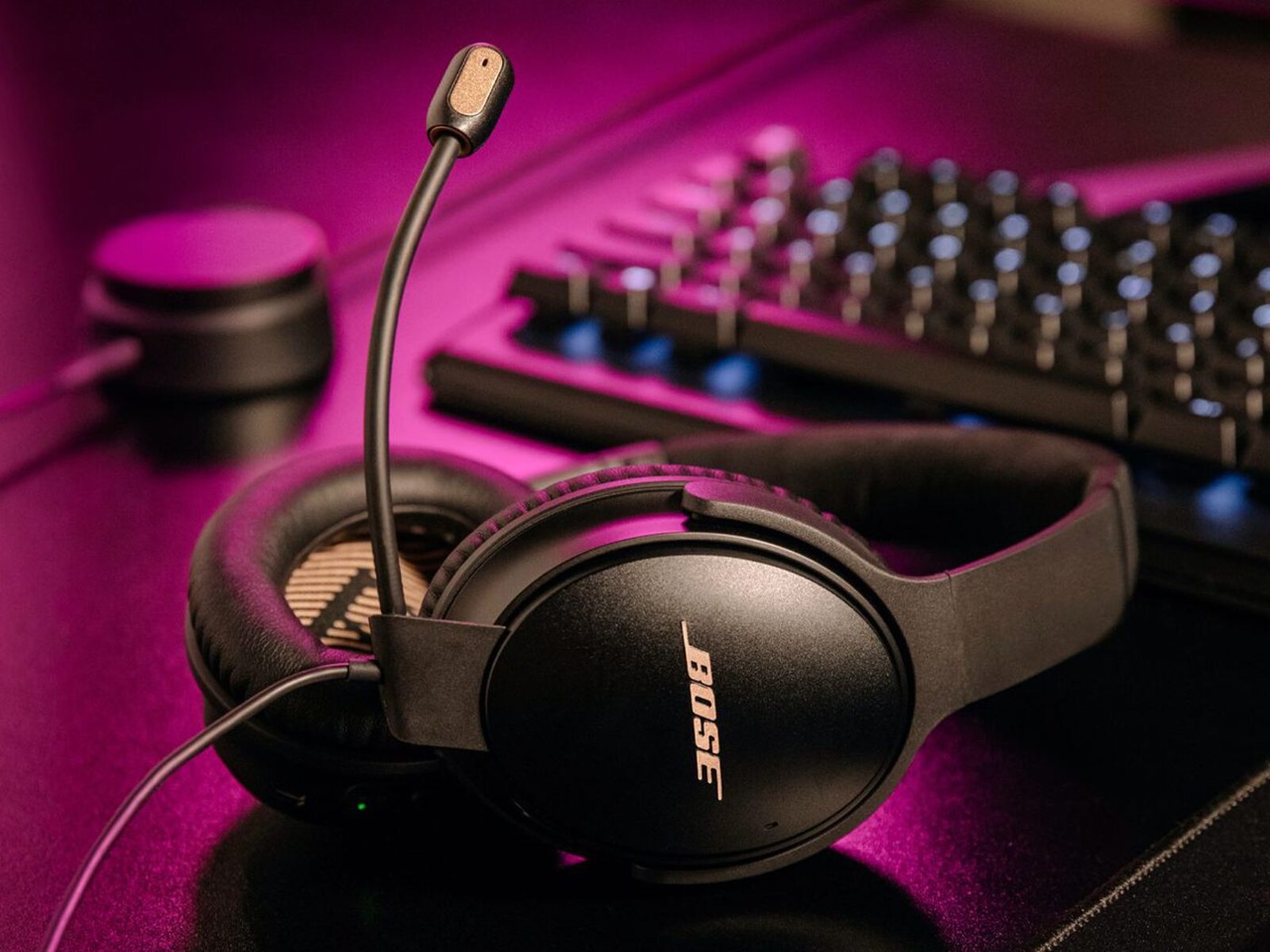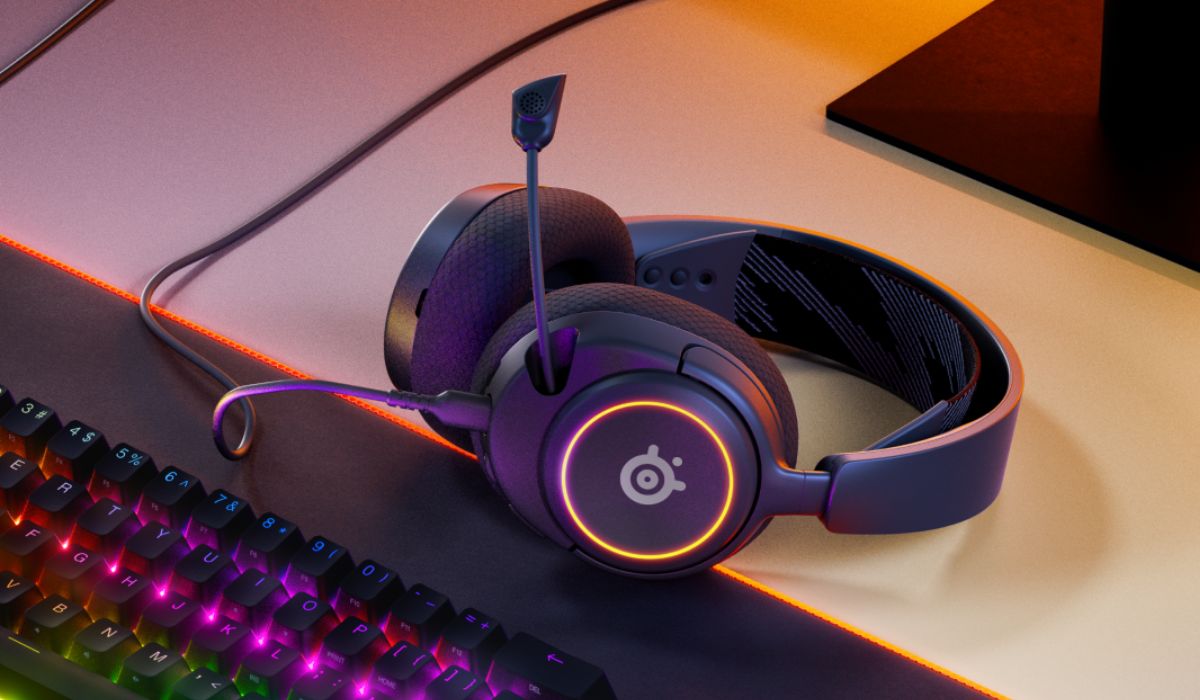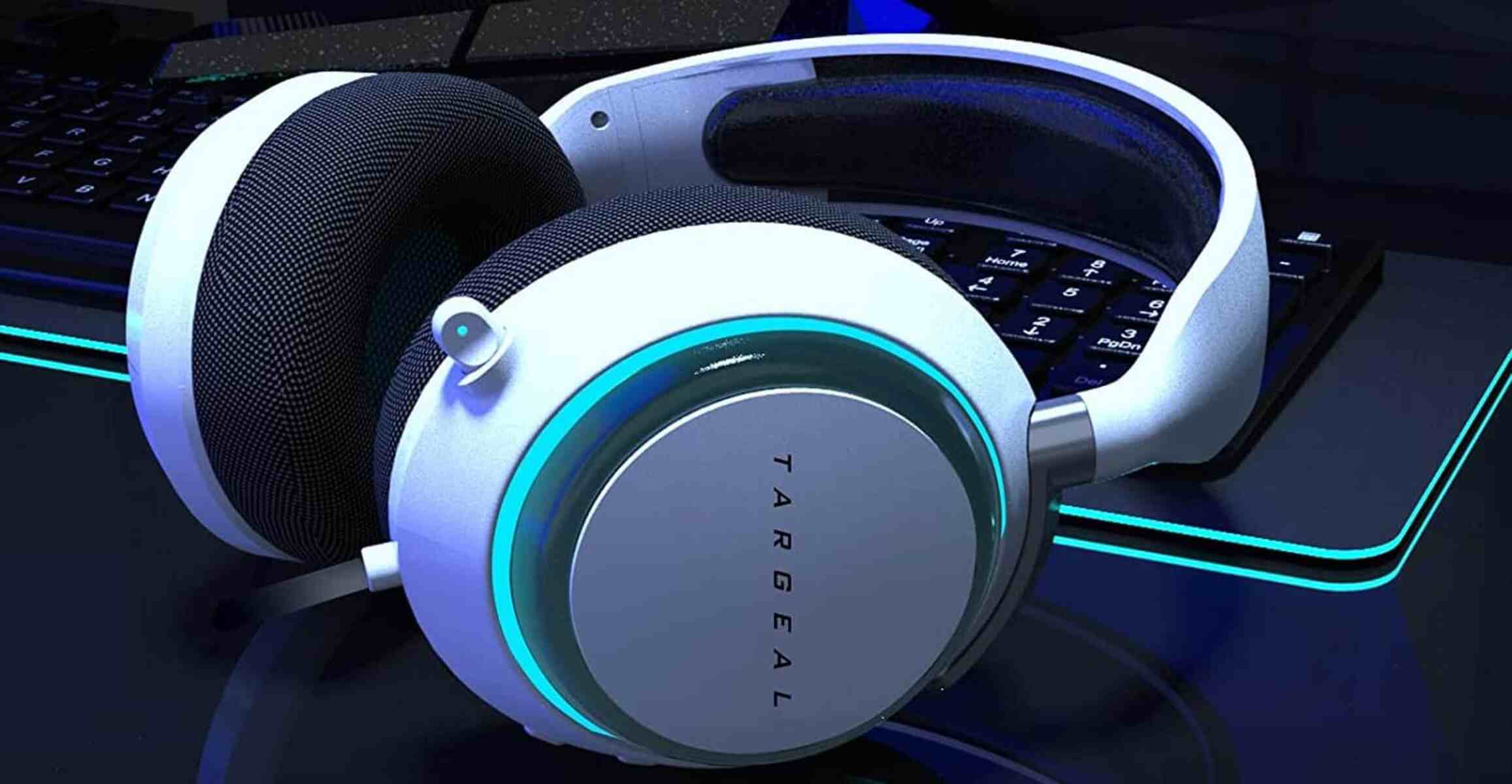Introduction
PC headsets have become an indispensable tool for many people, whether it's for work, gaming, or simply staying connected with friends and family. These versatile devices allow for clear communication, immersive audio experiences, and hands-free convenience. However, like any technology, PC headsets are not immune to issues that can disrupt their functionality.
From connectivity problems to audio quality issues and microphone malfunctions, encountering difficulties with your PC headset can be frustrating. Fortunately, understanding the common problems and knowing how to troubleshoot them can save you from unnecessary stress and help you make the most of your headset.
In this comprehensive guide, we'll delve into the various issues that can arise with PC headsets and provide practical troubleshooting steps to address them. Whether you're grappling with sound distortion, microphone errors, or connectivity glitches, we've got you covered. By the end of this article, you'll be equipped with the knowledge and strategies to tackle headset issues with confidence, ensuring a seamless and enjoyable user experience.
So, if you've ever found yourself grappling with a malfunctioning headset while in the midst of an important video call, an intense gaming session, or a virtual hangout with friends, fret not. We're here to unravel the mysteries of PC headset problems and empower you to troubleshoot and resolve them like a pro. Let's dive into the world of PC headset troubleshooting and equip ourselves with the tools to conquer any challenges that come our way.
Common PC Headset Issues
PC headsets, while incredibly useful, are prone to a range of issues that can hamper their performance. Understanding these common problems is the first step toward effectively troubleshooting and resolving them. Here are some of the most prevalent issues that users encounter with PC headsets:
-
Connectivity Problems: One of the most frustrating issues users face is unreliable connectivity between the headset and the computer. This can manifest as intermittent disconnections, difficulty pairing the headset with the device, or the headset not being recognized at all.
-
Audio Quality Issues: Distorted sound, crackling, or muffled audio can significantly diminish the immersive experience that a PC headset is meant to provide. These issues can arise due to various factors, including hardware malfunctions, software conflicts, or inadequate audio settings.
-
Mic Problems: A malfunctioning microphone can be a major impediment, especially for those who rely on their PC headset for clear and effective communication. Mic issues may include the microphone not picking up sound, transmitting static or background noise, or simply failing to function altogether.
-
Comfort and Fit: While not directly related to technical malfunctions, discomfort or poor fit can detract from the overall user experience. Ill-fitting headsets can cause discomfort during prolonged use, leading to distractions and reduced productivity.
-
Software and Driver Incompatibility: Compatibility issues between the headset, operating system, and audio drivers can result in erratic behavior, including audio dropout, mic malfunctions, or the headset not being recognized by the system.
By familiarizing yourself with these common PC headset issues, you can be better prepared to troubleshoot and resolve them effectively. In the following sections, we will delve into practical troubleshooting steps and fixes for these issues, empowering you to overcome these challenges and make the most of your PC headset.
Troubleshooting Steps
When confronted with issues related to PC headsets, it's essential to approach troubleshooting systematically to identify and resolve the underlying problems. By following a structured set of steps, you can effectively diagnose and address a range of common issues. Here's a comprehensive guide to troubleshooting PC headset problems:
-
Check Physical Connections: Begin by ensuring that all physical connections, including the headset's audio and microphone jacks, USB connections, and any inline controls, are securely plugged in. Loose connections can lead to intermittent functionality or complete failure.
-
Test on Different Devices: If possible, test the headset on multiple devices to determine whether the issue is specific to a particular computer or device. This can help isolate whether the problem lies with the headset itself or the device it's connected to.
-
Inspect for Physical Damage: Examine the headset for any visible physical damage, such as frayed cables, damaged connectors, or worn-out components. Physical damage can significantly impact the functionality of the headset and may require repair or replacement.
-
Update Audio Drivers: Ensure that the audio drivers on your computer are up to date. Outdated or incompatible drivers can lead to various audio-related issues with the headset. Visit the manufacturer's website or use device manager to update the drivers.
-
Adjust Audio Settings: Access the audio settings on your computer and verify that the correct playback and recording devices are selected. Additionally, check the volume levels, audio enhancements, and spatial sound settings to ensure they are optimized for the headset.
-
Run Troubleshooters: Most operating systems offer built-in troubleshooters for audio and hardware devices. Running these troubleshooters can automatically detect and fix common problems related to the headset's functionality.
-
Reset and Reconfigure: If the headset is wireless or Bluetooth-enabled, try resetting the connection and reconfiguring it with the computer or device. Sometimes, re-establishing the connection can resolve connectivity and pairing issues.
-
Check for Firmware Updates: For wireless or USB-connected headsets, check if there are any firmware updates available from the manufacturer. Updating the headset's firmware can address compatibility issues and improve overall performance.
By following these troubleshooting steps, you can systematically diagnose and resolve a wide range of PC headset issues. Whether you're dealing with connectivity problems, audio quality issues, mic malfunctions, or compatibility issues, a methodical approach to troubleshooting can help you identify the root cause and implement effective solutions.
Fixing Connectivity Problems
Connectivity issues with PC headsets can be particularly frustrating, disrupting communication, gaming experiences, and audio playback. When faced with connectivity problems, it's essential to address them systematically to restore seamless functionality. Here are effective strategies for fixing connectivity problems with PC headsets:
-
Check Physical Connections: Begin by inspecting all physical connections, including the headset's audio and microphone jacks, USB connections, and any inline controls. Ensure that these connections are secure and free from damage. If using a wireless headset, verify that the charging cable and transmitter are properly connected and functioning.
-
Reset the Headset: For wireless or Bluetooth-enabled headsets, performing a reset can often resolve connectivity issues. Refer to the manufacturer's instructions for the specific reset process. This may involve holding down specific buttons or switches for a designated period to initiate the reset.
-
Re-Pair the Headset: If using a Bluetooth headset, consider re-pairing it with the computer or device. Begin by removing the headset from the list of paired devices and then initiating the pairing process anew. This can establish a fresh and stable connection, resolving intermittent connectivity problems.
-
Interference Mitigation: Wireless headsets can be susceptible to interference from other electronic devices, Wi-Fi signals, or physical obstructions. To mitigate interference, ensure that the headset's transmitter is positioned in close proximity to the computer or device and away from potential sources of interference.
-
Update Firmware and Drivers: Check for firmware updates for wireless headsets and ensure that the latest drivers are installed for USB-connected headsets. Manufacturers often release updates to address connectivity issues and improve the overall stability of the headset's connection.
-
USB Port Selection: If using a USB-connected headset, try plugging it into different USB ports on the computer. This can help rule out issues with specific USB ports and identify whether the problem is related to the port's functionality.
By systematically implementing these strategies, you can effectively address and resolve connectivity problems with your PC headset. Whether it's a wired, wireless, or Bluetooth-enabled headset, taking proactive steps to troubleshoot connectivity issues can restore seamless communication and audio experiences.
Resolving Audio Quality Issues
When it comes to PC headsets, audio quality is paramount for immersive gaming experiences, clear communication, and enjoying multimedia content. However, encountering audio quality issues such as distorted sound, crackling, or muffled audio can significantly detract from the intended experience. Resolving these issues requires a systematic approach to identify and address potential underlying causes.
Check Physical Connections
Begin by ensuring that all physical connections, including the headset's audio and microphone jacks, are securely plugged in. Loose or damaged connections can lead to audio quality issues, causing sound distortion or intermittent audio output. Additionally, inspect the headset's cables for any signs of wear or damage, as these can also impact audio quality.
Adjust Audio Settings
Access the audio settings on your computer and verify that the correct playback and recording devices are selected. Ensure that the headset is set as the default playback and communication device to avoid conflicts with other audio outputs. Additionally, check the volume levels, audio enhancements, and spatial sound settings to ensure they are optimized for the headset's capabilities.
Test on Different Applications
Try using the headset with different applications and multimedia content to determine whether the audio quality issues are specific to certain programs or across the entire system. This can help identify whether the problem lies with software configurations or if it's a broader system-wide issue.
Update Audio Drivers
Outdated or incompatible audio drivers can significantly impact the audio quality of the headset. Visit the manufacturer's website or use the device manager to check for and install the latest audio drivers. Updated drivers can often resolve audio-related issues and improve the overall performance of the headset.
Inspect for Software Conflicts
Certain software applications or system settings can conflict with the audio output of the headset, leading to sound distortion or muffled audio. Review recently installed programs or updates that may have coincided with the onset of audio quality issues and consider reverting or adjusting these changes to restore optimal audio performance.
By systematically addressing these potential causes and implementing the corresponding solutions, you can effectively resolve audio quality issues with your PC headset. Whether you're troubleshooting sound distortion, crackling, or muffled audio, a methodical approach can help restore the immersive audio experiences that PC headsets are designed to deliver.
Dealing with Mic Problems
Mic problems are a common frustration for users relying on their PC headsets for effective communication. Whether the microphone is failing to pick up sound, transmitting static or background noise, or simply not functioning at all, addressing these issues is essential for seamless communication and voice recording. Here's a detailed exploration of strategies to effectively deal with mic problems:
Check Physical Connections
Begin by inspecting the physical connections of the headset, ensuring that the microphone jack is securely plugged into the appropriate port. Additionally, examine the inline controls or the headset's USB connection if applicable, as loose or damaged connections can impact the microphone's functionality.
Adjust Mic Settings
Access the microphone settings on your computer and verify that the correct input device is selected. Ensure that the microphone levels are appropriately adjusted to capture clear and balanced sound. Additionally, consider disabling any audio enhancements or effects that may be affecting the microphone's performance.
Test on Different Applications
Verify the microphone's functionality by testing it with different applications that utilize voice input. This can help determine whether the issue is specific to certain programs or if it persists across various applications, indicating a broader system-level problem.
Check for Physical Obstructions
Inspect the microphone boom or the microphone's built-in grille for any physical obstructions such as dust, debris, or blockages. Clearing any obstructions can improve the microphone's sensitivity and overall performance.
Update Audio Drivers
Outdated or incompatible audio drivers can contribute to mic problems. Ensure that the audio drivers for the headset are up to date by visiting the manufacturer's website or using the device manager to perform updates. Updated drivers can often resolve mic-related issues and enhance the microphone's functionality.
Test on Another Device
If possible, test the headset and microphone on a different computer or device to determine whether the issue is specific to a particular system. This can help isolate whether the problem lies with the headset itself or the computer's configuration.
By systematically addressing these potential causes and implementing the corresponding solutions, you can effectively deal with mic problems and restore the clear and reliable functionality of the microphone on your PC headset. Whether you're troubleshooting sound pickup issues, background noise, or microphone malfunctions, a methodical approach can help ensure that your communication and voice recording needs are met with clarity and precision.
Updating Drivers and Software
Ensuring that the drivers and software associated with your PC headset are up to date is crucial for maintaining optimal performance and addressing compatibility issues. As technology evolves, manufacturers release updates to address bugs, improve stability, and enhance overall functionality. Here's a detailed exploration of the importance of updating drivers and software for PC headsets, along with practical steps to ensure that your headset remains in top condition.
Importance of Updates
Updating the drivers and software for your PC headset is akin to providing it with the latest enhancements and optimizations. Manufacturers often release updates to address specific issues reported by users, including connectivity problems, audio quality issues, and microphone malfunctions. By staying current with the latest updates, you can benefit from improved performance, enhanced compatibility with operating systems, and potentially new features that enrich your overall user experience.
Addressing Compatibility Issues
Compatibility between the headset, operating system, and audio drivers is essential for seamless functionality. Outdated or incompatible drivers can lead to erratic behavior, including audio dropout, mic malfunctions, or the headset not being recognized by the system. By updating the drivers and associated software, you can mitigate compatibility issues and ensure that your headset integrates seamlessly with your computer or device.
Enhancing Stability and Performance
Outdated drivers and software can contribute to stability issues, such as intermittent connectivity, audio glitches, or system crashes. Manufacturers often release updates to improve the overall stability and performance of their headsets, addressing known issues and optimizing the device's interaction with the underlying system. By regularly updating the drivers and software, you can minimize the risk of performance-related problems and enjoy a more reliable user experience.
Practical Steps for Updating
To update the drivers and software for your PC headset, start by visiting the manufacturer's official website. Look for the support or downloads section, where you can find the latest drivers and software updates specific to your headset model. Download the relevant updates and follow the provided instructions to install them on your computer. Additionally, some headsets may have dedicated software applications that facilitate updates and provide additional customization options. Utilize these applications to ensure that both the headset's firmware and associated software are up to date.
By proactively updating the drivers and software for your PC headset, you can maximize its performance, address compatibility issues, and ensure a stable and reliable user experience. Keeping your headset's drivers and software current is a simple yet effective way to optimize its functionality and make the most of its capabilities.
Conclusion
In conclusion, understanding and effectively addressing common PC headset issues is essential for ensuring a seamless and enjoyable user experience. From connectivity problems and audio quality issues to mic malfunctions and software compatibility challenges, the range of potential issues can be daunting. However, armed with the knowledge gained from this comprehensive guide, users can confidently troubleshoot and resolve these issues, empowering them to make the most of their PC headsets.
By systematically approaching troubleshooting steps, such as checking physical connections, testing on different devices, and updating drivers and software, users can identify and address a wide array of problems. The importance of maintaining up-to-date drivers and software cannot be overstated, as it directly impacts the headset's compatibility, stability, and overall performance.
The significance of addressing mic problems and audio quality issues extends beyond personal convenience, particularly for professionals who rely on clear and reliable communication. Resolving these issues ensures that users can engage in effective virtual meetings, collaborate seamlessly, and enjoy immersive gaming experiences without compromise.
Furthermore, the proactive approach to addressing connectivity problems not only restores seamless communication but also enhances the overall user experience, whether for work, leisure, or staying connected with loved ones.
Ultimately, the systematic troubleshooting and resolution of PC headset issues contribute to a more efficient, enjoyable, and productive user experience. By staying informed about the common problems and equipped with practical solutions, users can navigate the challenges of PC headset issues with confidence and ensure that their devices consistently deliver the intended functionality.
In a world where virtual interactions and immersive audio experiences play an increasingly significant role, the ability to troubleshoot and resolve PC headset issues is a valuable skill. By implementing the strategies outlined in this guide, users can overcome technical obstacles and continue to leverage the full potential of their PC headsets, enhancing their overall digital experience.







